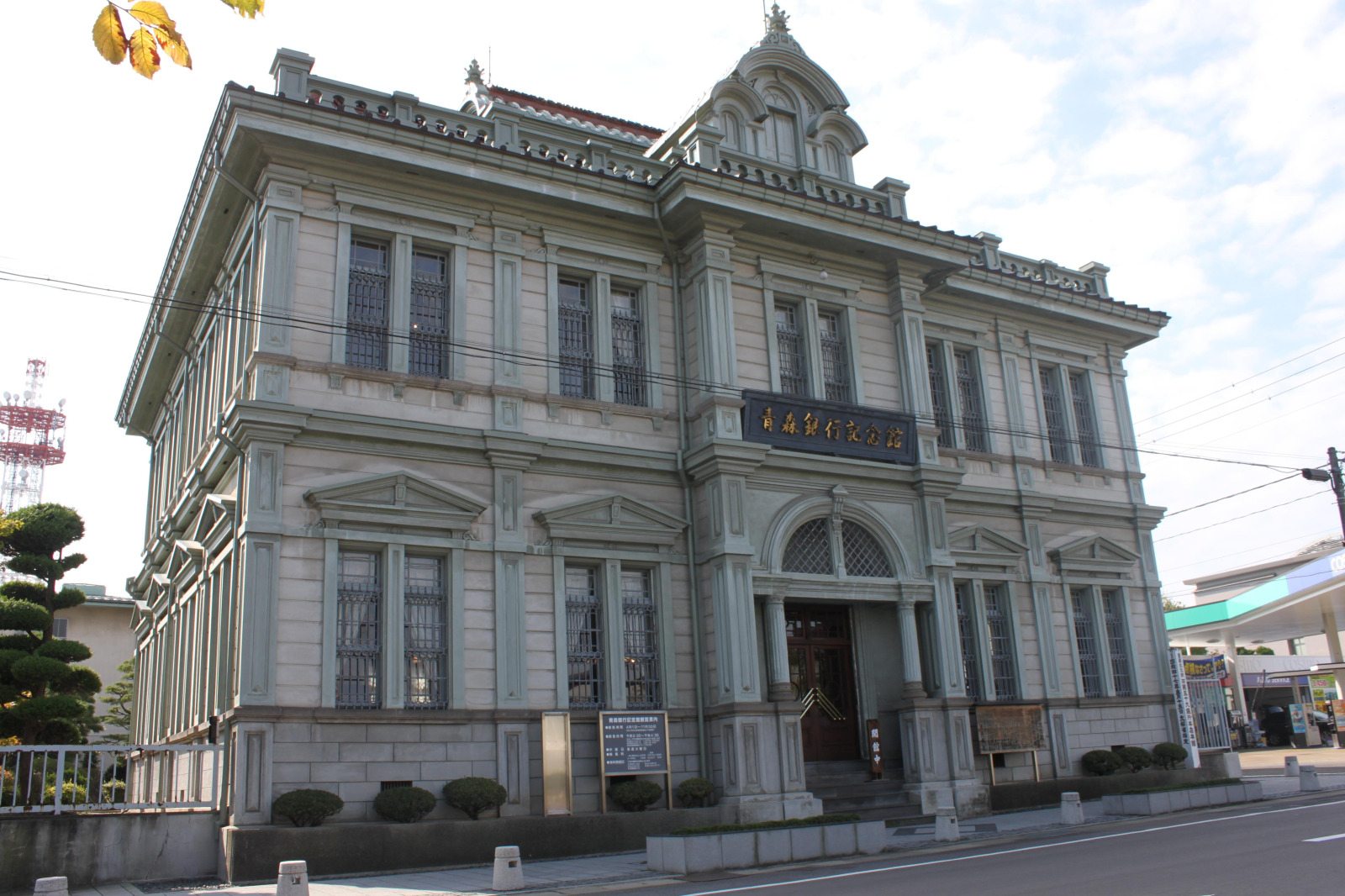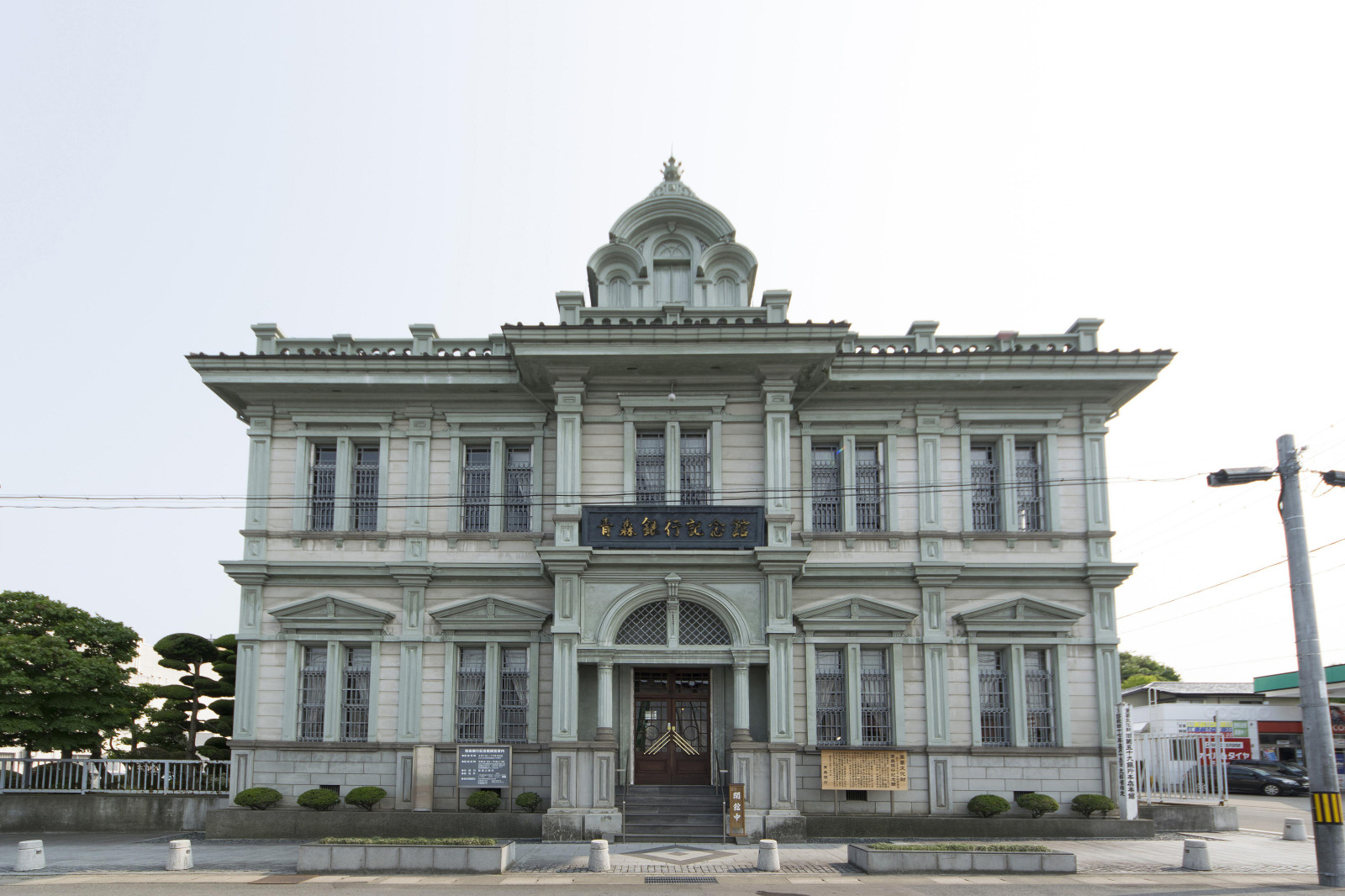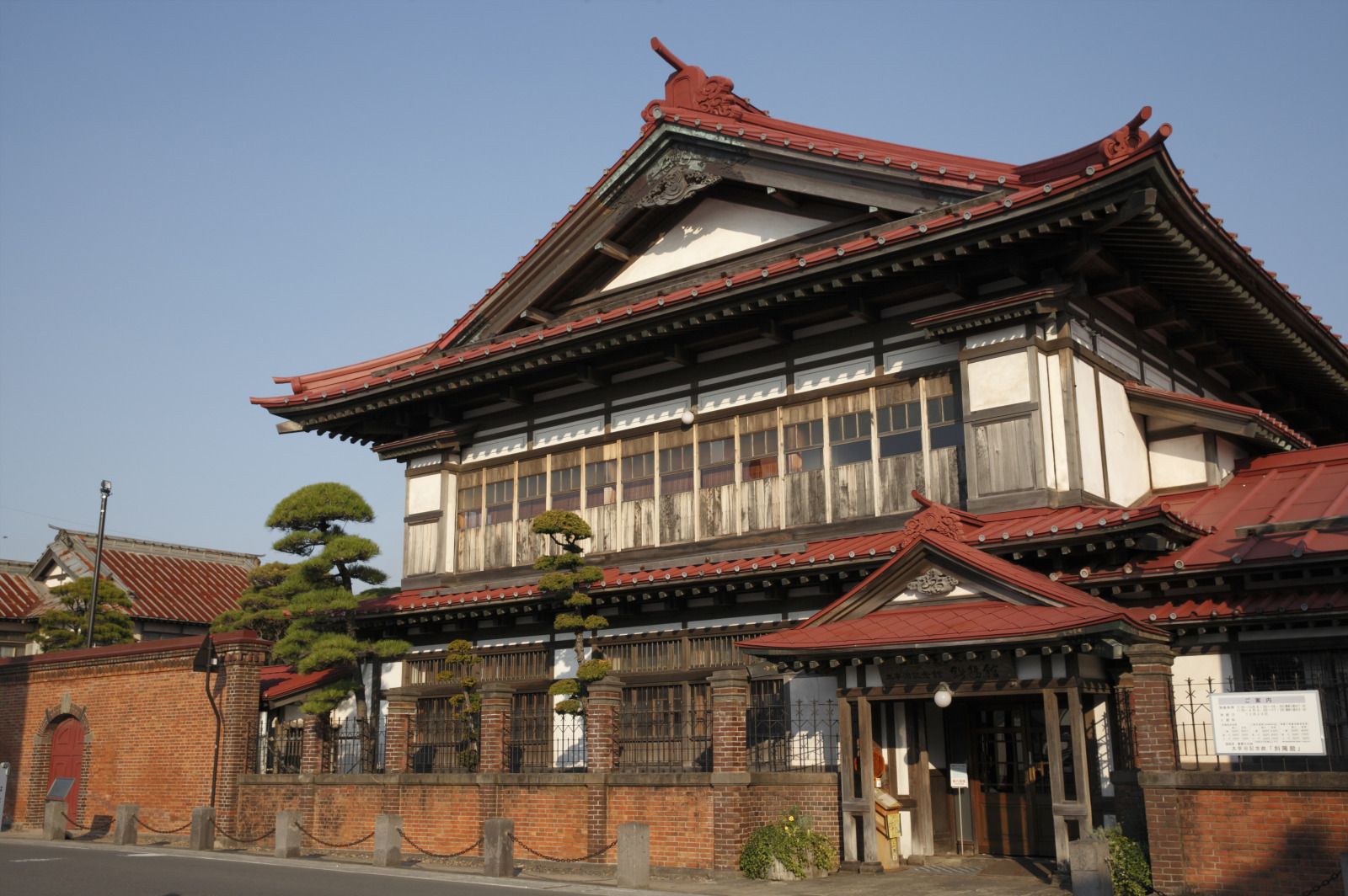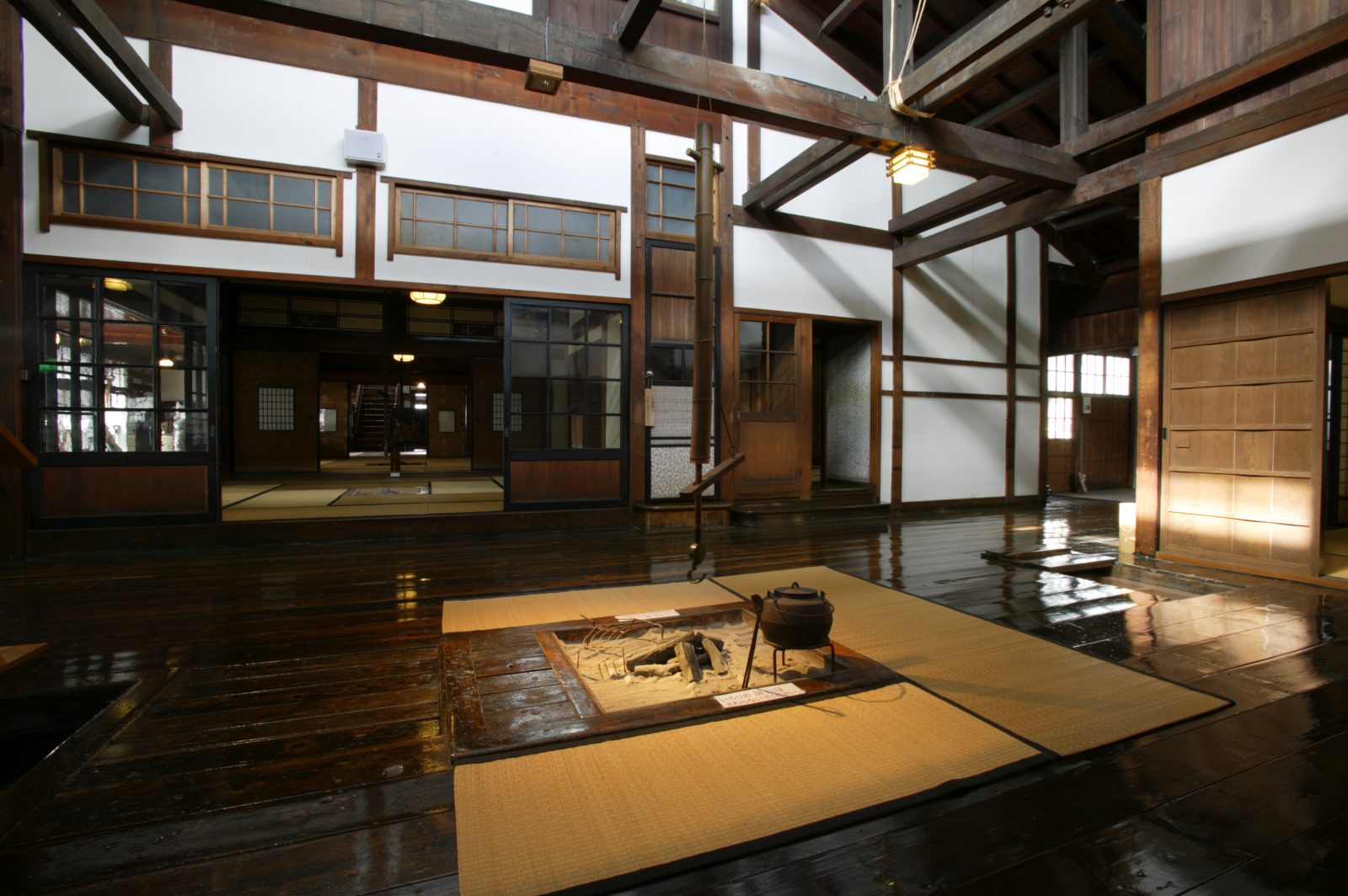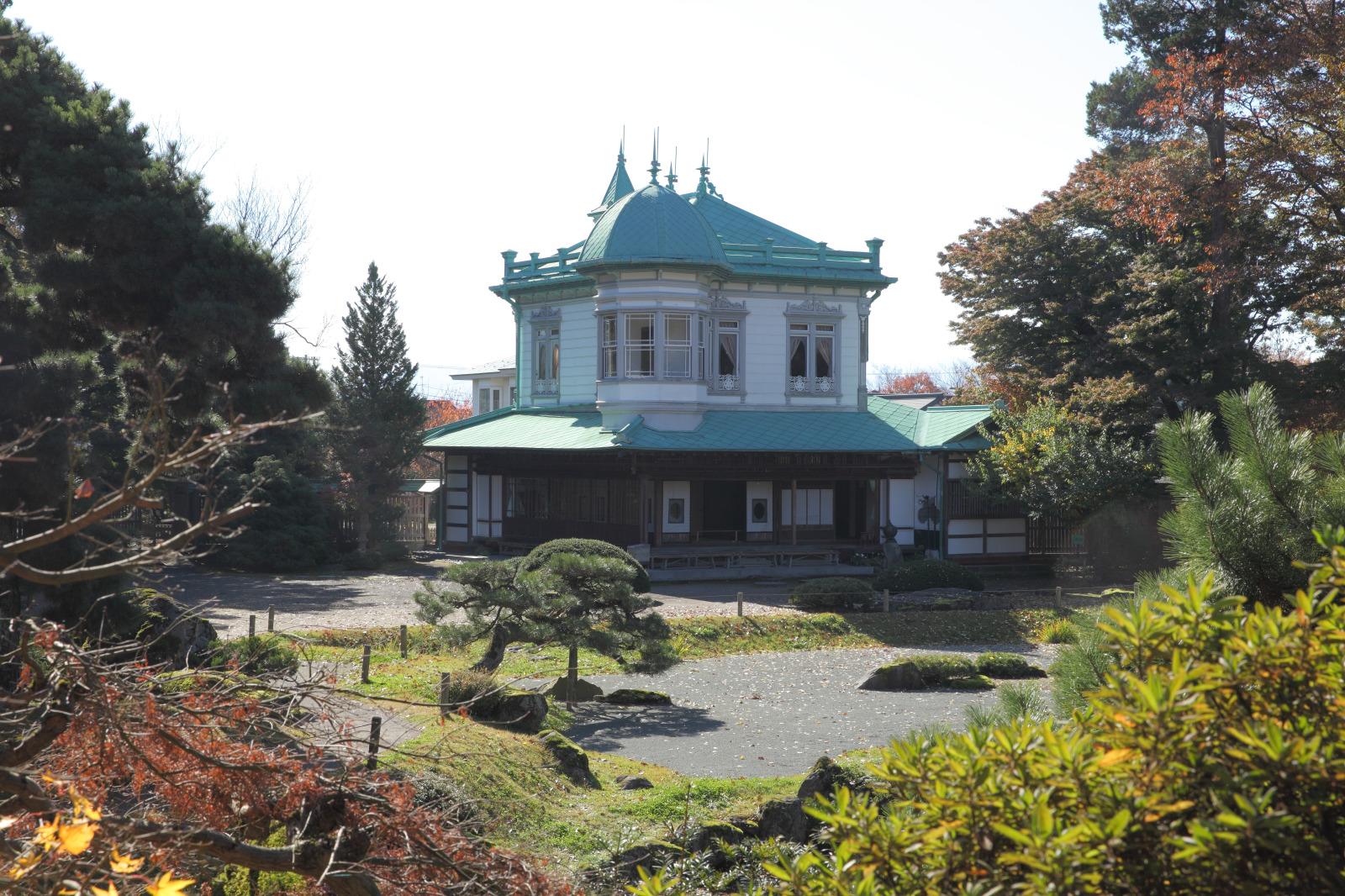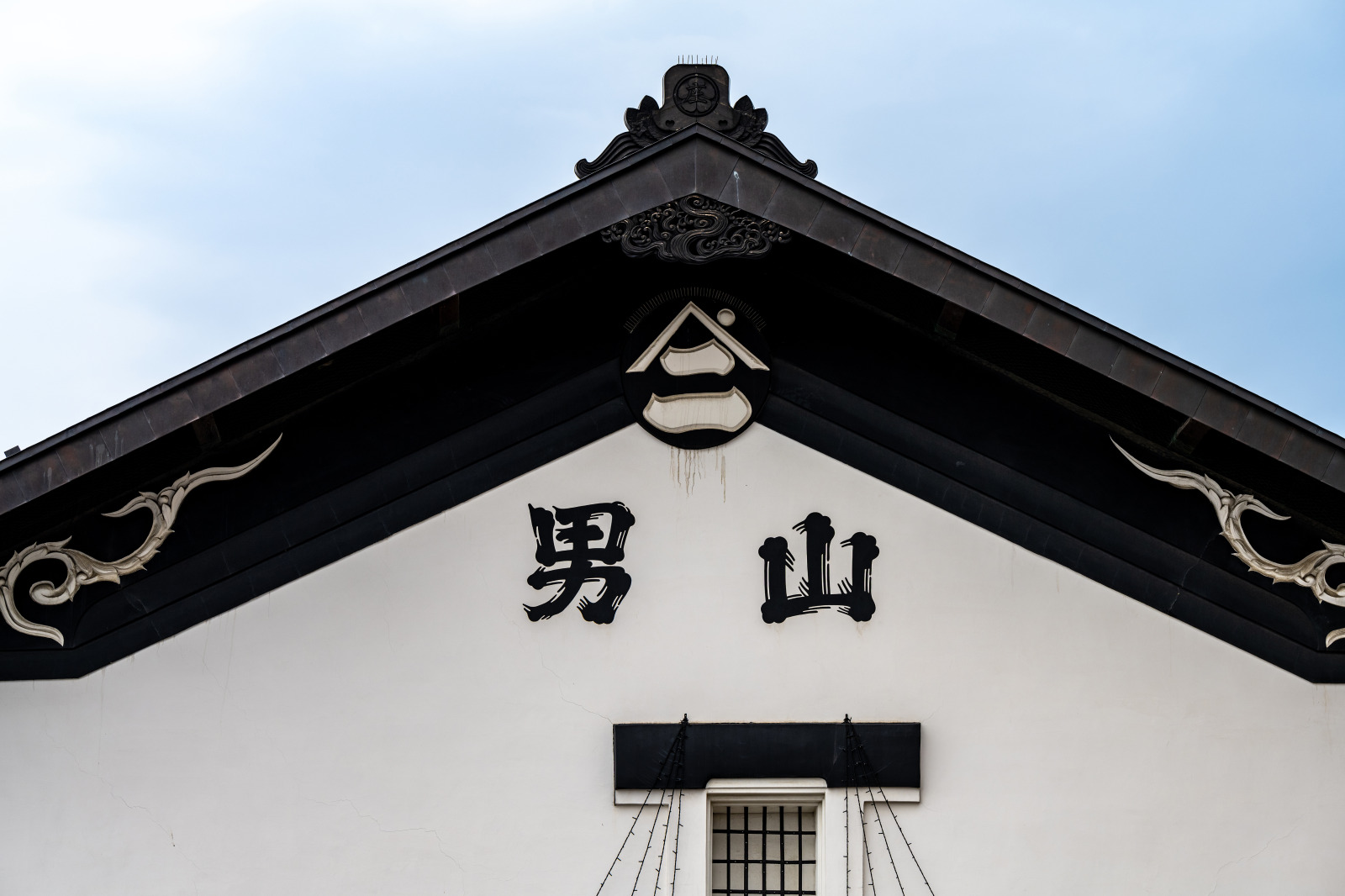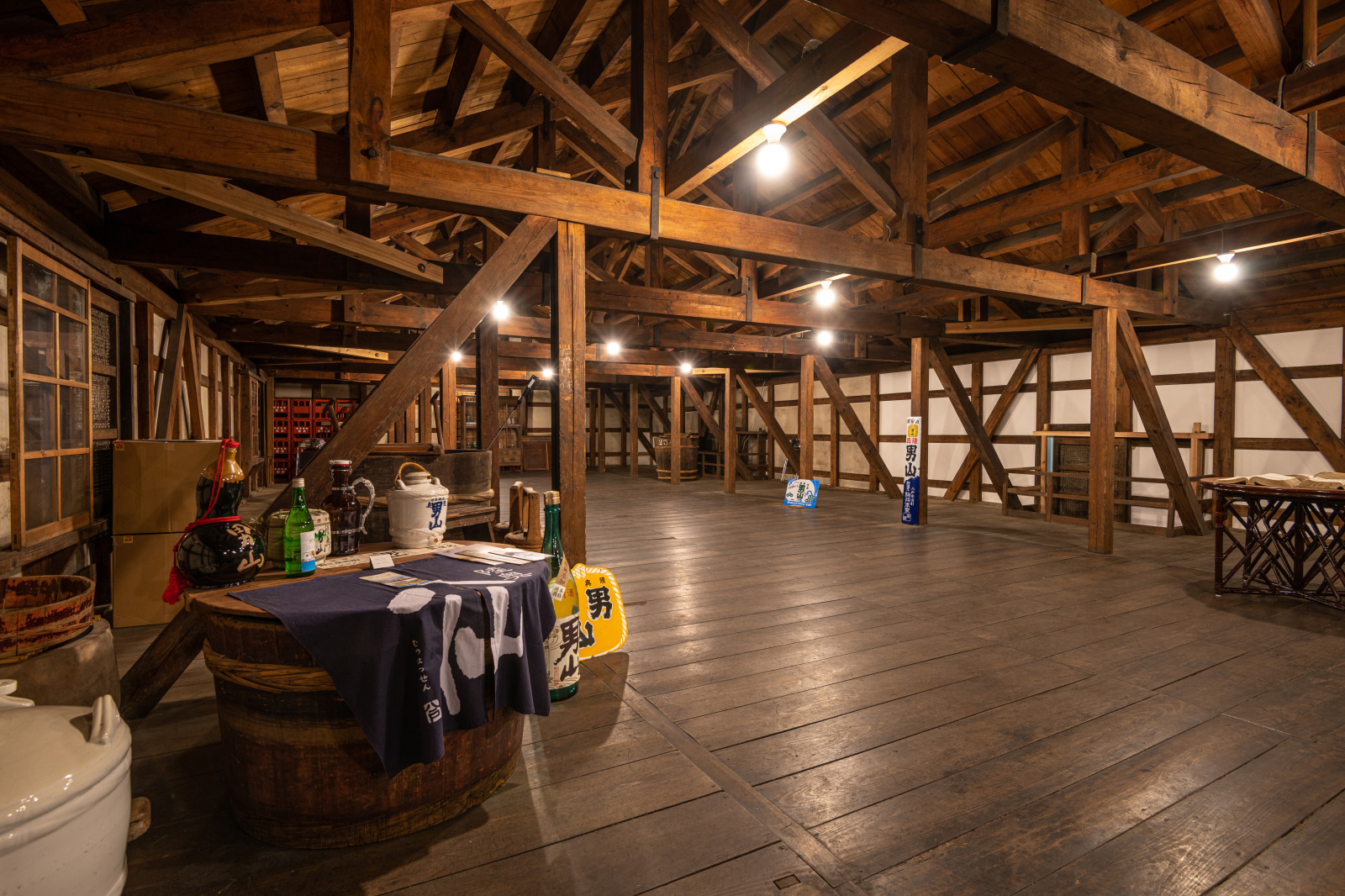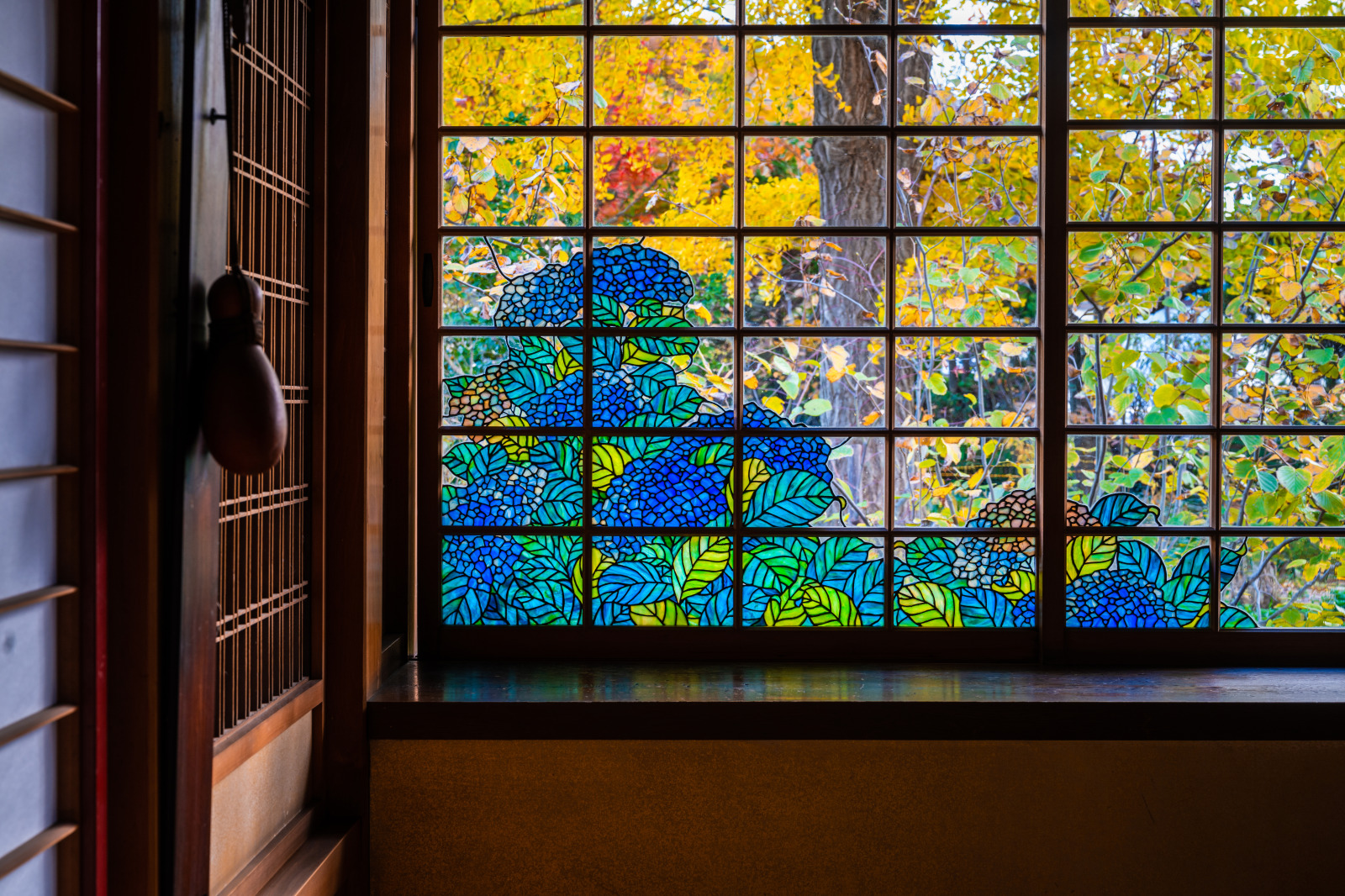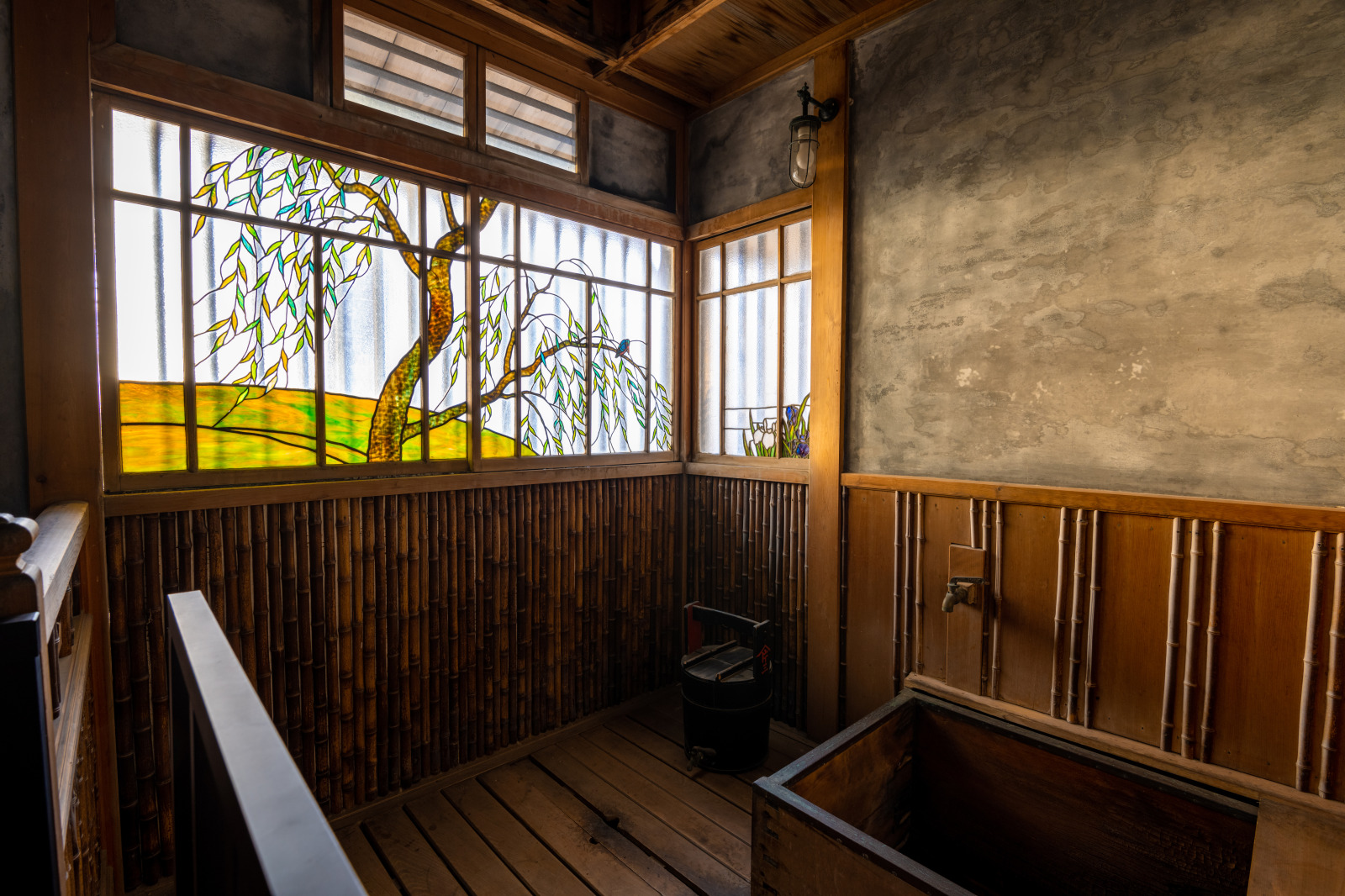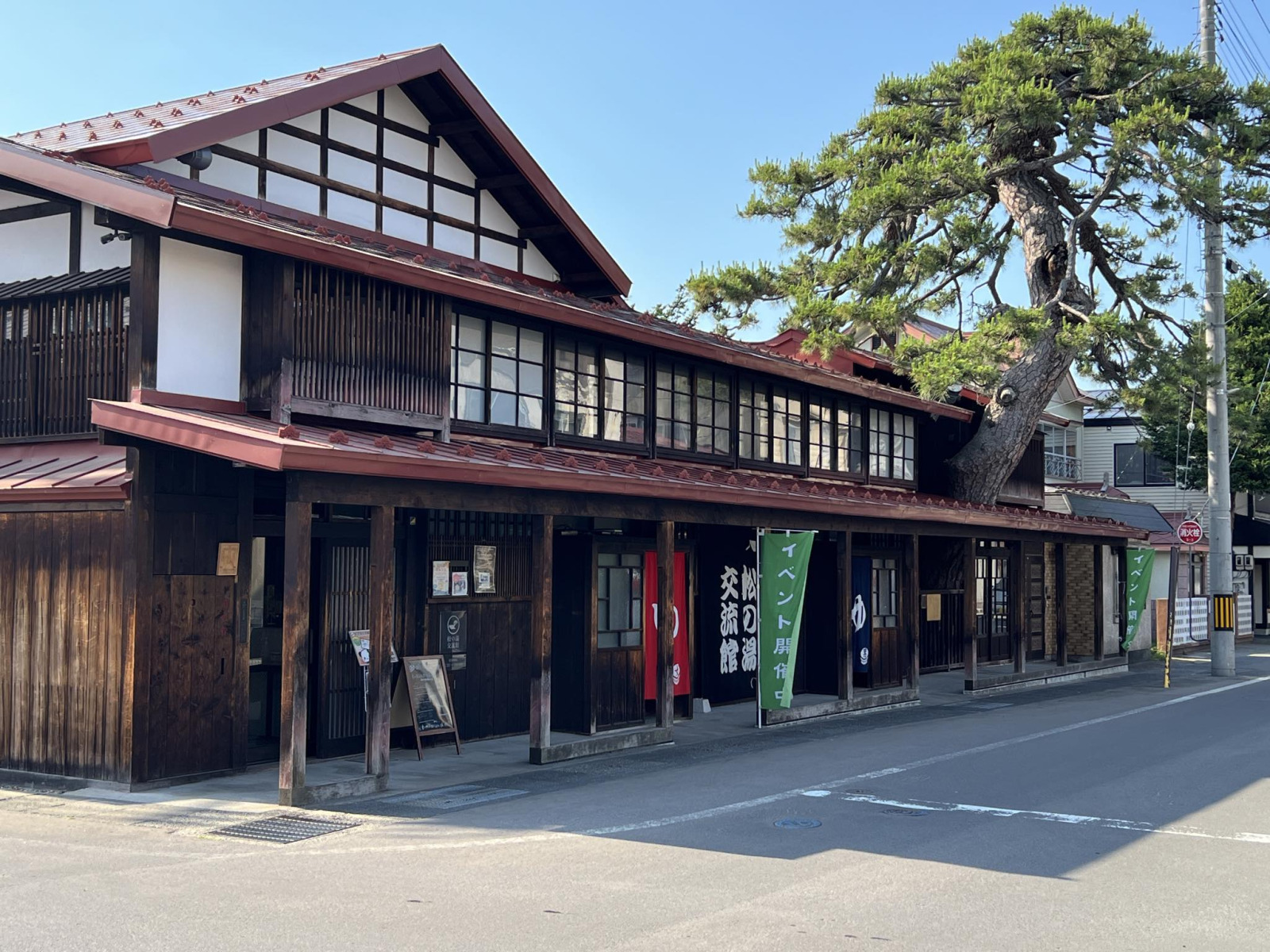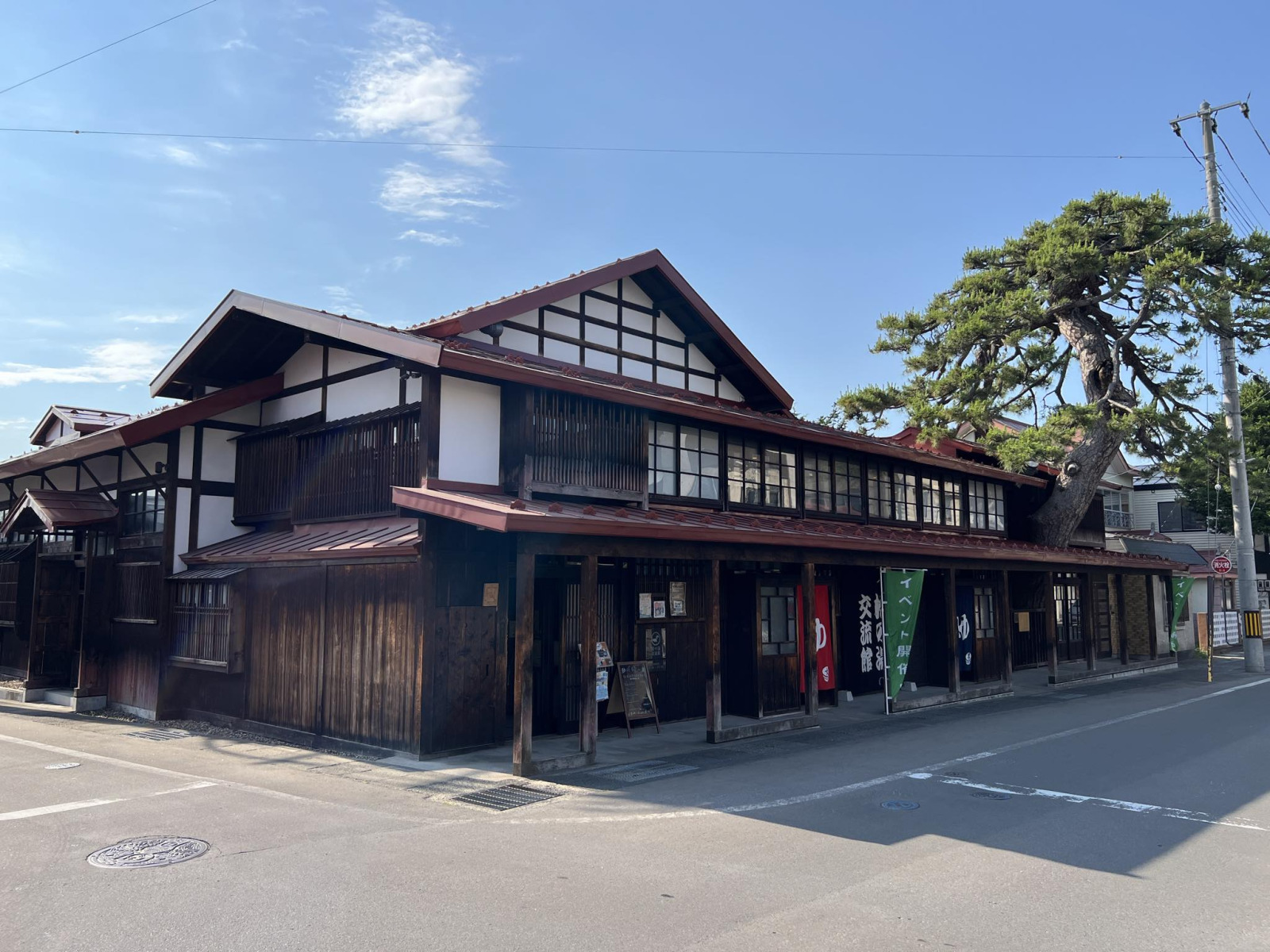Discover Aomori’s Historic Architecture
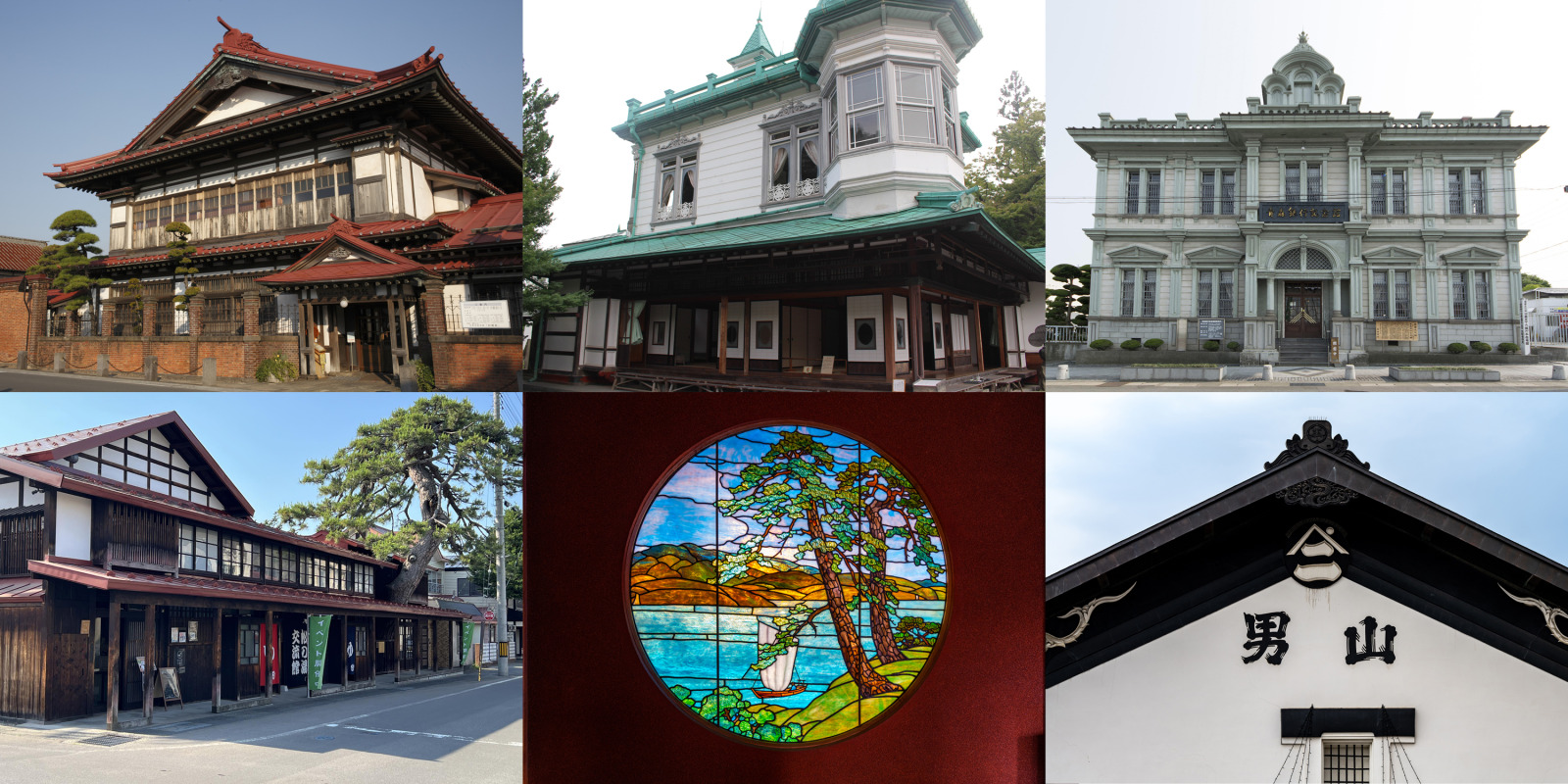
Aomori offers many treats for architecture buffs, with historic buildings representing a variety of architectural styles and eras. Here are a few must-see landmarks located throughout the prefecture.
Aomori Bank Memorial Hall (Hirosaki City)
This is the former main branch of the 59th National Bank, which was established in 1879 and relocated in 1904. With a beautiful white and mint-green exterior, the building is constructed in a Renaissance-inspired Western style, featuring a decorative tower that was also used as an observatory. The ornament at the tip of the tower is modeled after those found on Indian temples. The interior of this nationally designated important cultural property is also open to visitors, giving you a chance to take a closer look at stunning details such as the gold-patterned leather on the ceilings.
Hirosaki City is also home to a number of other historic Western-style buildings, making it the perfect location for an architectural walking tour. Highlights include the Former Hirosaki City Library, the Former To-o Gijuku Missionary Residence, the Hirosaki Gakuin Foreign Missionary Hall, the Hirosaki Episcopal Anglican Ascension Church, and the Hirosaki Catholic Church (details of each building can be found on the linked pages).
Shayokan (Goshogawara City)
Now serving as the Dazai Osamu Memorial Museum, this mansion exhibits materials related to the famous writer but is worth visiting in its own right for its impressive architecture typical of the residence of a wealthy merchant in the Tohoku region. It was constructed in 1907 by Dazai’s father, a major local landowner. All of the structures on the expansive grounds, including the rice storehouse, are made from Aomori-grown cypress wood. As a fine example of early-modern Japanese wooden architecture surviving to this day, it was designated an important cultural property by the Japanese government.
Seibikan (Hirakawa City)
Seibien is a stunning Japanese landscape garden that was constructed around the beginning of the twentieth century and has been designated a national place of scenic beauty. Standing amid the sprawling premises of the garden, Seibikan is a building that features an extremely unique fusion of Japanese and Western architectural styles. The first floor is built in a traditionally Japanese style with tatami-mat floors, while the second floor is constructed in a Renaissance-inspired Western style with an octagonal turret. This unusual combination is said to be found nowhere else in Japan. The building harmonizes beautifully with the scenery of the landscape garden, and the Seibikan building and Seibien Garden are even said to have inspired the garden and mansion in the Studio Ghibli animated film The Secret World of Arrietty.
Hachinohe Shuzo (Hachinohe City)
In addition to its fine brands of local sake, this award-winning brewery is also notable for its brick and earthen storehouses and its wooden shop and main building, which were constructed during the Taisho period (1912–1926). They have been collectively registered as a tangible cultural property by the Japanese government and designated as important landscape architecture by Hachinohe City. You can get a close look at the buildings on a brewery tour (prior reservation required) and, of course, finish the tour with a delicious sake tasting session at the tasting counter.
Miyakoshi House Annex (Nakadomari Town)
Called “Shimuan,” this annex building on the premises of the Miyakoshi family’s residence was constructed in 1920 by the then-head of the family, Masaharu, for his wife Iwa. It features lavish fittings and furnishings, including three stained-glass works considered masterpieces for their skillful incorporation of traditional Japanese design while utilizing the most cutting-edge glass technologies of the time. The stained-glass windows create harmony with the surrounding garden, which was designed in three different styles and presents changing scenery throughout the four seasons. Although the annex and garden are only open to the public for a limited period each year and require the advance purchase of a ticket, they are well worth a visit.
Matsunoyu Koryukan (Kuroishi City)
This building is located along Kuroishi City’s Nakamachi Komise shopping street, a covered wooden arcade dating back to the samurai era. The building was originally a public bathhouse but has been renovated into a tourist information center—with some of the original bathtubs left intact! The pine tree growing right through the building’s roof is another unique architectural feature. Adjacent to the bathhouse building is a traditional storehouse that has been renovated into a café. You can relax and refresh yourself amid historic surroundings.
Whether you’re interested in architectural design or local history, you’re sure to enjoy a visit to one of these fascinating landmarks in Aomori Prefecture—just a small sampling of what the prefecture has to offer.
